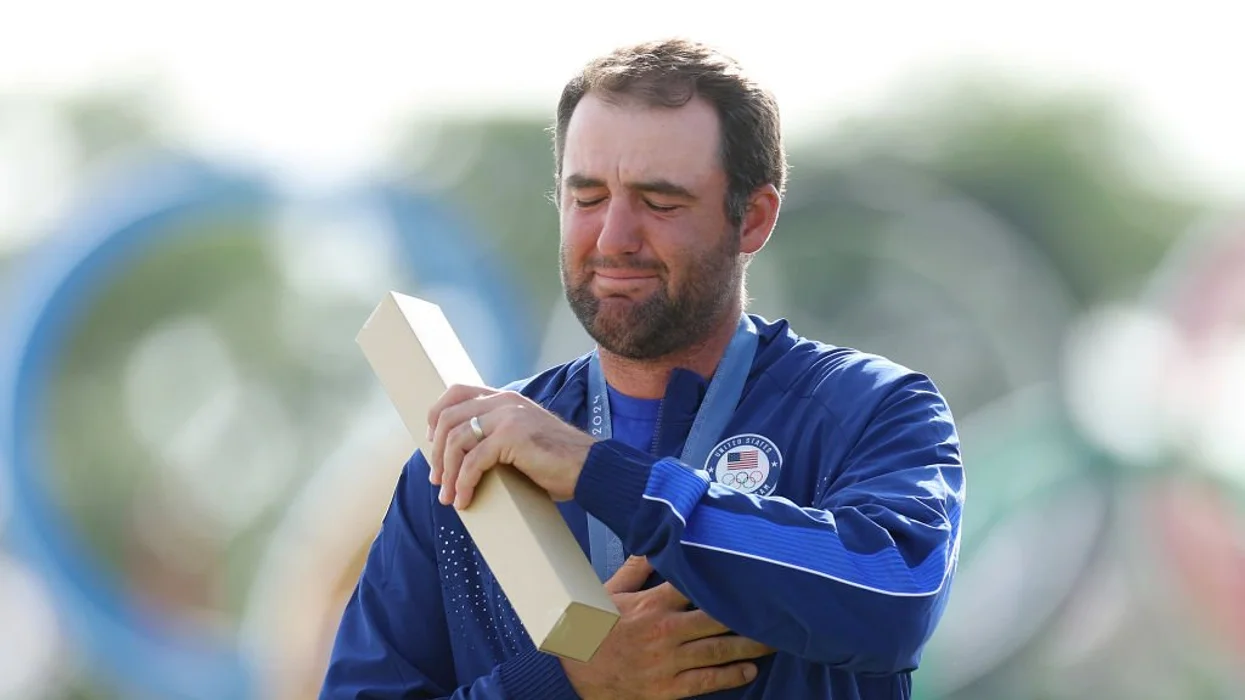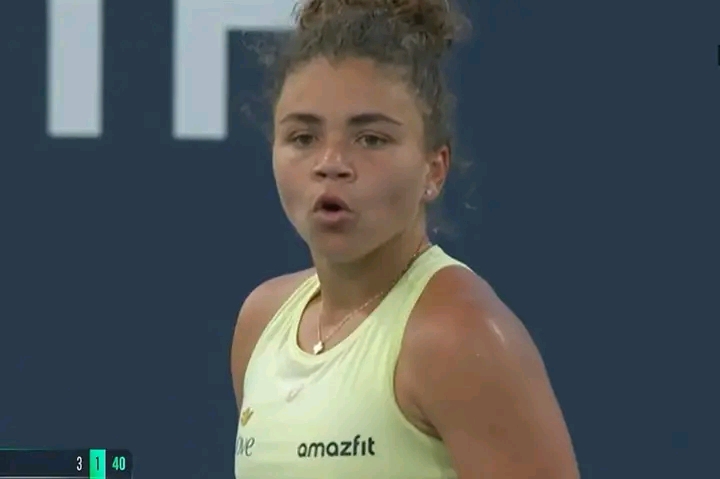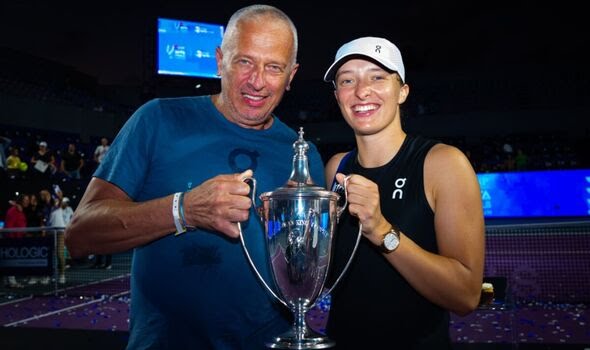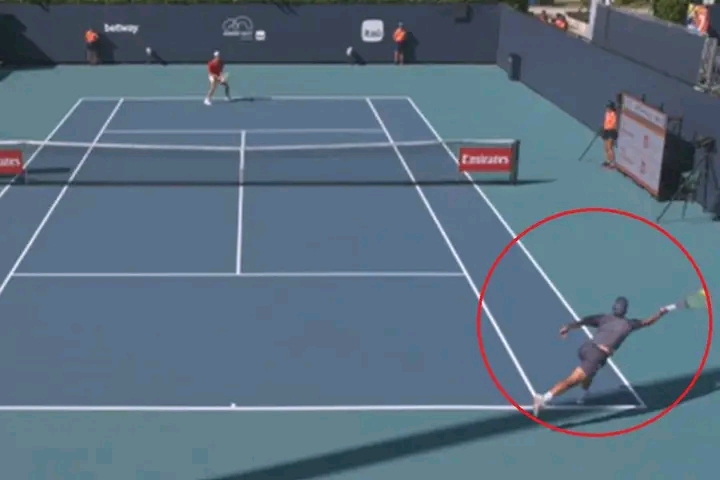Medal winners at the Olympics are presented with a rectangular box on the podium – but what’s inside?
Golf’s reintroduction into the Olympic Games was met with a mix of anticipation and skepticism, given its long absence of over a century. However, any doubts about the sport’s ability to make an impact were decisively dispelled following the men’s tournament at Le Golf National.
The event showcased an exhilarating competition that culminated in a dramatic final round. Scottie Scheffler of the United States emerged as the victor, narrowly securing the gold medal after a fiercely contested battle. Scheffler managed to edge out Team GB’s Tommy Fleetwood by a single stroke, while Japan’s Hideki Matsuyama fell just two shots behind the leader. The intensity of the competition was palpable throughout, but Scheffler’s triumph was the highlight of the tournament.
The significance of this victory was evident as Scheffler, ranked World No. 1, was visibly moved during the medal ceremony. As he stood on the podium, the weight of his accomplishment became apparent, and emotions took over. Alongside the honor of having his name etched into the annals of Olympic history and receiving the prestigious gold medal, Scheffler was also presented with an intriguing and enigmatic gold rectangular box. The nature of this box piqued curiosity, leading many to wonder about its contents.
In reality, the box was not a unique or exclusive gift for Scheffler alone. It was part of a broader tradition for Olympic medalists. Each athlete, regardless of the medal they won, was awarded this distinctive item. Fleetwood, who secured the silver medal, and Matsuyama, who claimed the bronze, also received the same rectangular box. This tradition extended beyond the men’s tournament, with additional boxes set to be distributed following the women’s golf tournament as well.
The official Olympics website provides insight into the contents of these rectangular boxes. Measuring approximately 40 cm (15.7 inches) in length, each box houses a special item of artistic significance. Inside is an official poster designed by renowned illustrator Ugo Gattoni. Gattoni, who dedicated nearly four months and approximately 2,000 hours to creating the posters, produced two distinct designs for the Games. One poster was created specifically for the Olympics, while another was designed for the forthcoming Paralympics. Gattoni’s meticulous work was completed manually, with no assistance from artificial intelligence, underscoring the handcrafted nature of the artwork.
Furthermore, the presentation of the boxes to the medalists was complemented by another unique gift. After the medal ceremonies, each athlete received a mascot that corresponded to the medal they had won. This mascot, whether gold, silver, or bronze, featured the relevant medal emblem sewn into its belly. This additional gift, combined with the poster and the medal itself, rounded out a remarkable collection of accolades for the athletes’ exceptional performances.
Thus, the return of golf to the Olympics has not only been a significant sporting event but also an occasion that highlights the blend of tradition, artistry, and personal achievement that defines the Olympic experience.






